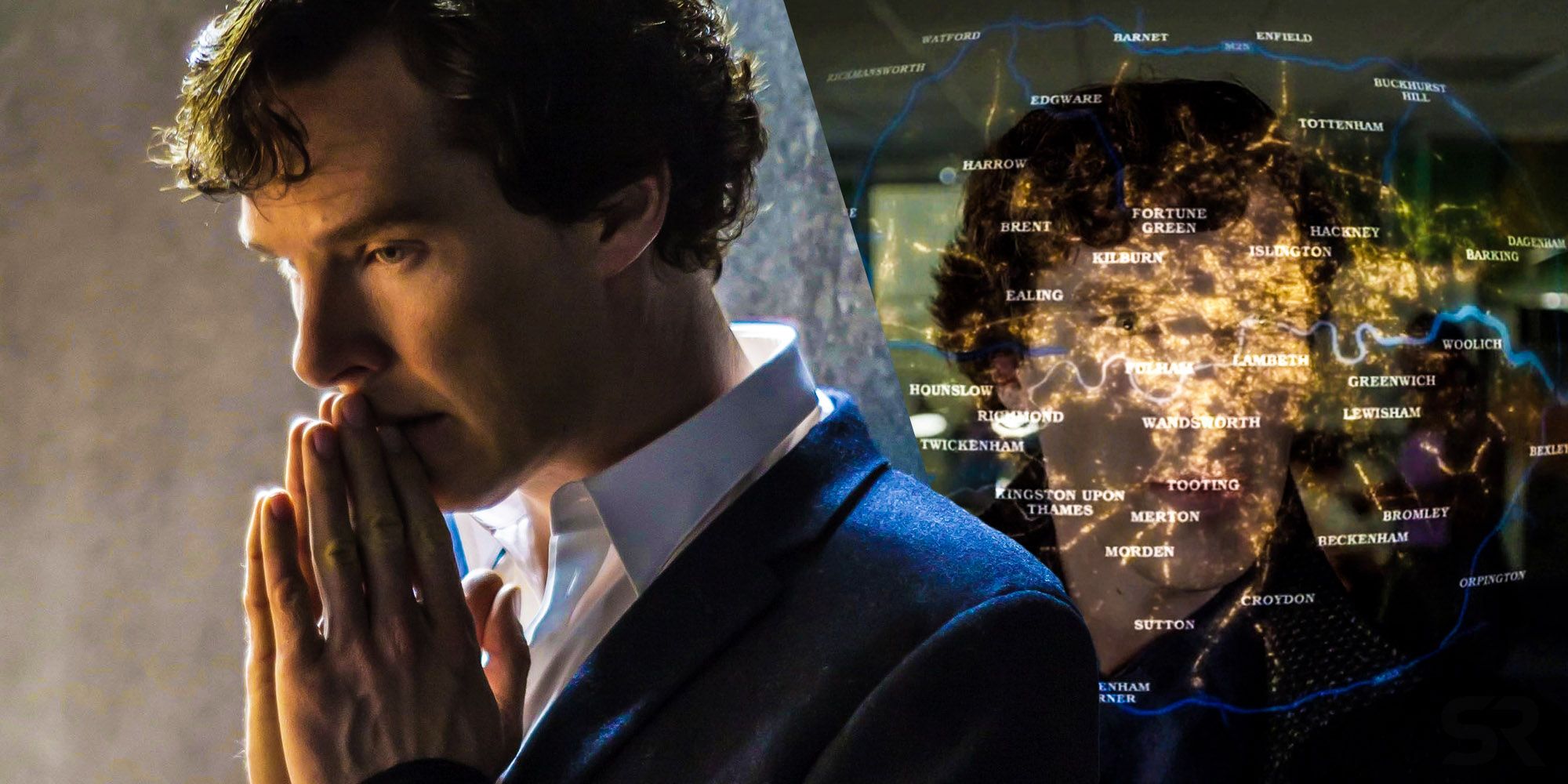Sherlock – The Depiction of Deduction
12 Feb 2019 - 5 min readMy Extended Essay (a 4000-word research paper that I wrote while doing the IB Diploma) was centered around the use of stream of consciousness in The Sound and the Fury. It’s a literary technique that aims to describe a character’s thoughts, emotions, and reactions in one continuous flow, in essence, giving readers insight into a character’s mind – how and why they think and feel.

What makes this novel special is that it is written entirely in the first person, with the plot shown through the eyes of multiple characters. William Faulkner created a personalized style of narration for every character, and throughout the novel, we got to see every character’s thought process – ranging from the more orthodox ones – from Dilsey – to more unique minds, such as Benjy, a character who is portrayed to be suffering from autism, and hence cannot distinguish between the past, present and the future.
In light of the research I had done for that essay, when I was rewatching BBC’s Sherlock a few months ago, I became quite interested in how his mind was depicted throughout the series. Moving the character from a literary to a television medium provides an opportunity to get creative with things. It was quite interesting to see how the directors of the show tackled the baffling question –
How do you approach visually showcasing the thought process of one of the greatest thinkers in the world?
Arthur Conan Doyle’s novels use Watson as the sole narrator of the duo’s adventures – hence, the readers are often limited to his point of view – when it comes to observing a crime scene, interviewing suspects, or even apprehending criminals. Holmes would eventually reveal all to the readers through his dialogues with Watson, and we were left in awe of his intellect. However, following a similar approach in a TV series would mean that the audience would not be fully engaged – moving from a character to a camera to control the narrative means that the perspective is no longer restricted. Especially if the aim of a director was to create a unique characterization of Sherlock.
With BBC’s Sherlock comes a drastic change in setting, with Baker Street moving to modern London. Moffat used this as an opportunity to update Sherlock, while also bringing over key elements from other cases. Consequently, a new setting presents the opportunity to introduce a different style of presentation and editing, leading to some of the most creative cinematography and editing I’ve seen for a Sherlock Holmes adaptation.
Deduction-On-Screen
Mirroring the way information is present almost everywhere in the modern era, BBC’s Sherlock features the extensive use of annotations on-screen. Often appearing when Sherlock sizes up a suspect or looks at clues in a crime scene, it gives us an idea of what the things he observes and the facts that he deduces from them. This “real-time processing” allows readers to remain on the same page as Sherlock, while getting an idea of how he sizes up people and crime scenes. Image result for sherlock deduction
However, there is also a balance drawn that ensures that extraordinary abilities are not normalized – there are certain scenes where he sifts through all this information at blinding speed, and the way in which information flies across the screen really serves to highlight how fast his mind works.
This unique style of presentation offers us unique insight into Sherlock’s mind, adding a heightened level of engagement to what is arguably the most important part of the show.
The Mind Palace
“You see,” he explained, “I consider that a man’s brain originally is like a little empty attic, and you have to stock it with such furniture as you choose. The skillful workman is very careful indeed as to what he takes into his brain-attic. He will have nothing but the tools which may help him in doing his work, but of these he has a large assortment, and all in the most perfect order. It is of the highest importance, therefore, not to have useless facts elbowing out the useful ones.”
A concept thoroughly explored throughout the show is Sherlock’s “Mind Palace”, a technique that allows him to assimilate and store vast amounts of knowledge in his mind. Through making a ‘journey’ through a place he knows well (his family home), he can place various memories and bits of information in different areas, and revisit them when required. The show features this in great detail, with Sherlock using it quite often when he’s deducing.
What really highlights his abilities, are, however, when we’re brought into the perspective of his subconscious, which allows us to see the extent to which he can visualize things – whether it be his mind palace or various crime scenes. His subconscious creates such a meticulous image that he can use for detailed investigation. Image result for sherlock shot by mary
For example, when he was shot by Mary, before he blacked out, he had to decide if he had to fall forwards or backward to maximize his chances of survival. Using the model of the room his mind had made, he gathered enough information (such as determining that the bullet did not pass through the body since he didn’t hear the glass behind him breaking) to fall backward.
Features like this in my opinion, really set apart this iteration of Sherlock from the rest – for a character that has been (rightfully) glorified throughout his portrayals, it was refreshing to see a depiction that’s more tangible – easier to be on the same page with, and someone who also has his own clearly defined flaws. Four seasons of Sherlock have been a treat to watch – and analyze.
Sources
- https://sherlockshome.net/2015/11/12/the-visual-techniques-of-sherlock/
- https://www.popmatters.com/133727-creating-a-context-for-sherlock-2496108868.html
- https://medium.com/storiusmag/sherlock-vs-sherlock-a-study-in-visual-storytelling-3569ac29521a
- https://nofilmschool.com/2017/01/how-sherlock-masterfully-shows-us-how-mysteries-are-solved-cinematically
- https://fstoppers.com/critiques/genius-sherlock-explained-161363
- https://www.raindance.org/direct-like-sherlock/